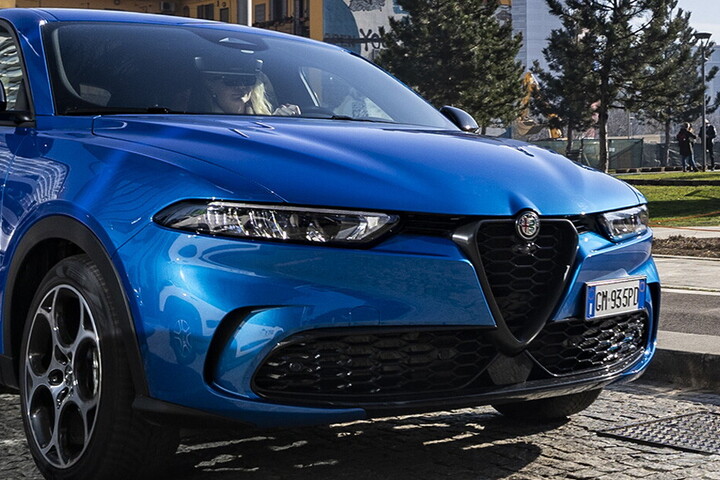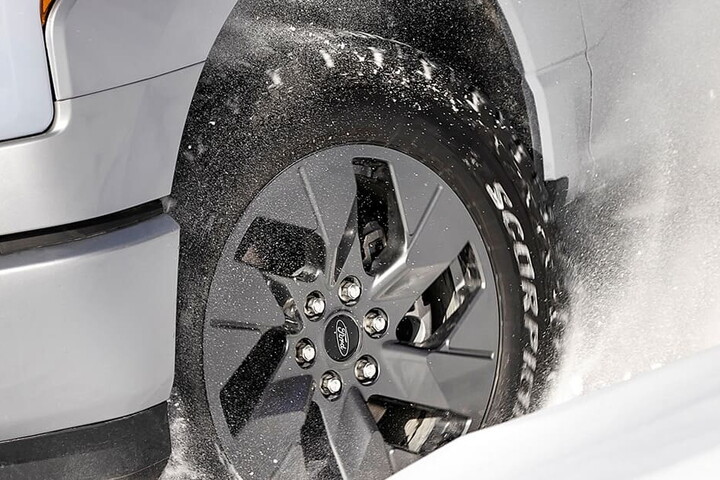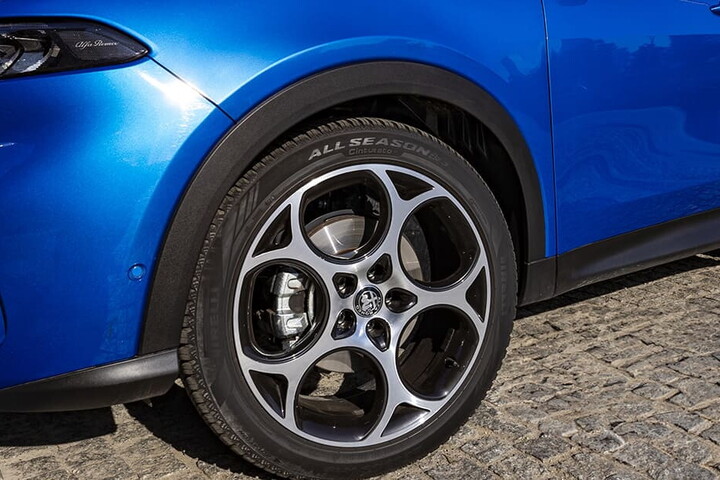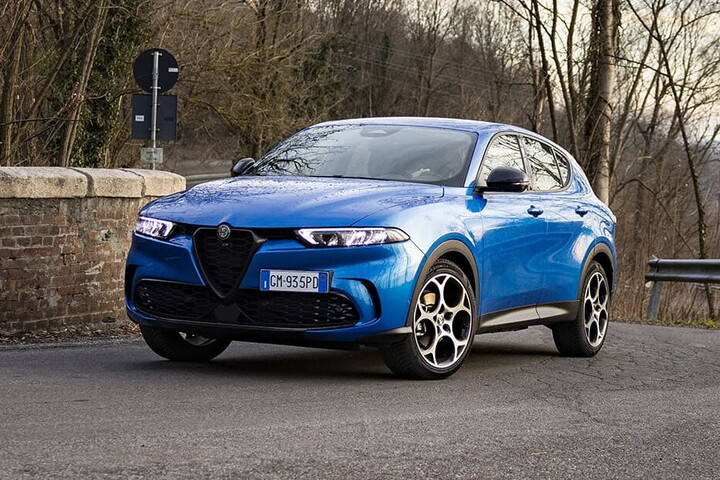Take an average driver, slide them behind the wheel of a car and they suddenly become a completely different character who just happens to be the greatest driver in the world. It is almost a law of the road. In their not very humble opinion, they are simply the best, a perfect example of driving skill and style.

The cast of self-confident driver is incredibly varied. At one extreme there is the Boy Racer, who presumes a handful of lessons means he can screech around like a Formula One champion without putting other road users in mortal danger. In sharp contrast, is the Sunday Driver, who carefully avoids getting within a sniff of the speed limit – even on the safest roads – and happily ignores the long line of traffic visible in the rear-view mirror. Nothing, sadly, can be done to enlighten either of them.
Until now, that is. The arrival of Pirelli's ground-breaking Cyber Tyre and a host of connected telematics systems allied to Big Data means everyone's driving style can be measured, assessed and – more importantly – improved. It is no good claiming to be the best driver in the world anymore. The stats are there to prove it – or disprove it! – in black and white.
All this is likely soon to have major implications for motor insurance costs as insurers will be able to grade the premiums they offer according to the safety of your driving style. Already companies such as the UK's Aviva are offering a driver behavioural app that uses smartphone technology to monitor an individual's driving style, including their acceleration, braking and cornering. The app produces an individual driving score that can be used to calculate a personalised discount of up to 20 per cent off their premium. Although clearly some drivers will be concerned that pricing could go against them as well.
New insights
The amount of information now available to data scientists is amazing. Pirelli's Cyber Tyre researchers, for example, are collecting data on tyre wear, vertical loads, temperature and pressure in a bid to find patterns – the key algorithms – that help make driving safer and more efficient. The company is already collaborating with Ferrari's FXX-K programme and planning to offer a new package of innovative services. From aquaplaning alerts and torque vectoring control to grip-margin information and active inflation systems, the potential is immense.
In turn, this data can be shared with other telematics equipment – including those devices in nearby cars and service stations – that can produce valuable information on fuel consumption, speed, traffic conditions and the weather. If one vehicle encounters ice, for example, it can immediately communicate the risk to others in the area, which can then plot a new course or slow down.
Easier said than done
Ultimately, the objective is to make driving safer and more efficient, which means giving us information about how we can drive better. It's not as simple as asking a Boy Racer to slow down or a Sunday Driver to speed up. Corners, junctions, lights, merging lanes and overtaking may all demand rapid changes of speed to minimise risk. What should a driver do, for example, when approaching a junction as the lights are about to change? Accelerate? Or brake hard?
“A low risk approach would be to brake and prepare to stop,” says Dr Sam Chapman, a founder of The Floow, a company working with telematics and the insurance industry. “But a fuel efficient approach encourages drivers to adjust their speed less – cruising through the lights to make minimal adjustments to speed – maximising fuel efficiency.”
In other words, assessing driver behaviour and helping improve our driving style demands an interplay between the data received about the movement of the car – speed, acceleration, deceleration – and information about its context and location.
Creating a new type of driver…
The average Boy Racer, of course, knows he is driving in an aggressive way – that's part of the excitement – but he feels in control so is unlikely to start driving more safely and economically, whatever advice he receives. However, given the hefty cost of insurance for younger drivers, he may slow down if offered lower premiums in response to driver data reflecting his lower speeds.
To help reduce premiums in general, insurance companies are increasingly fitting a so-called black box to cars to gather information about a driver's behaviour using GPS positioning and a motion sensor. A glowing report could save drivers a lot of money.
There is still some way to go. Paul O'Dowd, head of sales for telematics provider In-Car Cleverness, says a reliance on GPS-based data can skew the scoring system. “Scoring mechanisms do not take into account scenarios that keep a driver safe in the event of a near miss, or advanced driving methods,” he says. “If all insurers used OBD (on board diagnostic) telematics devices, which capture data readings directly from the vehicle, false data would be significantly reduced.”
Roll on, then, the arrival of a new type of driver – the data-driven “Cyber Cruiser”. Now that's someone you wouldn't mind meeting on the roads.




